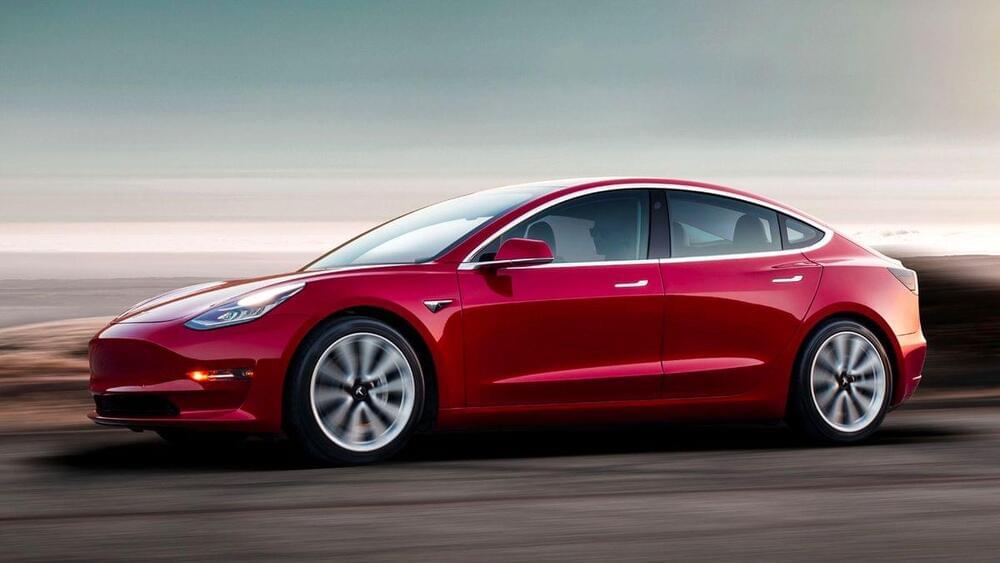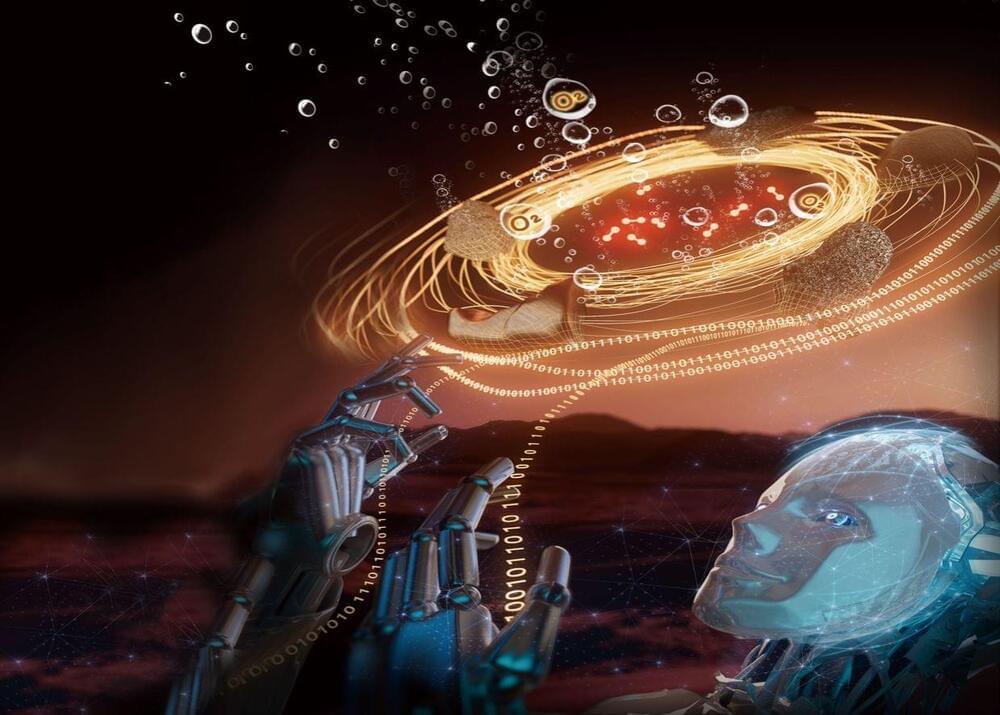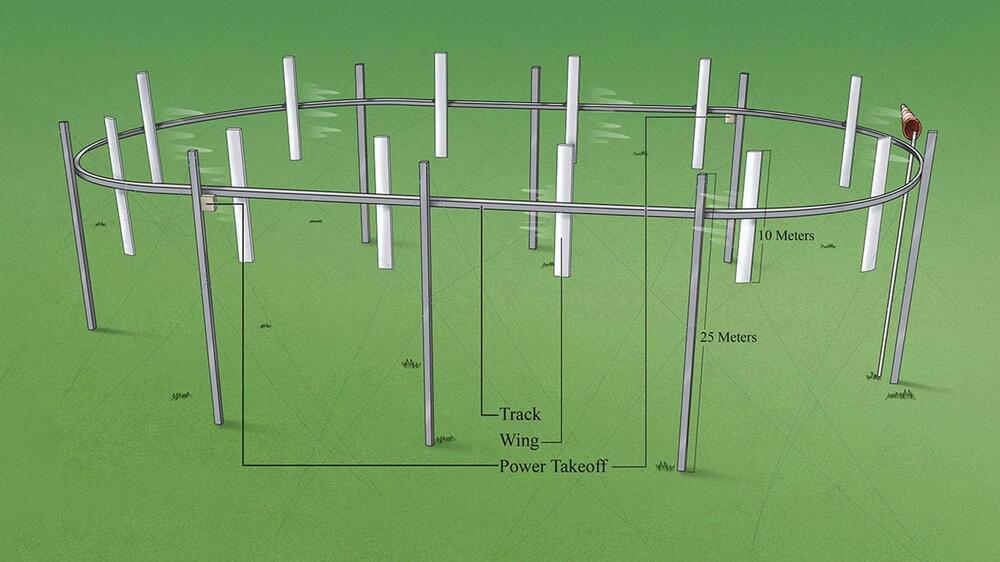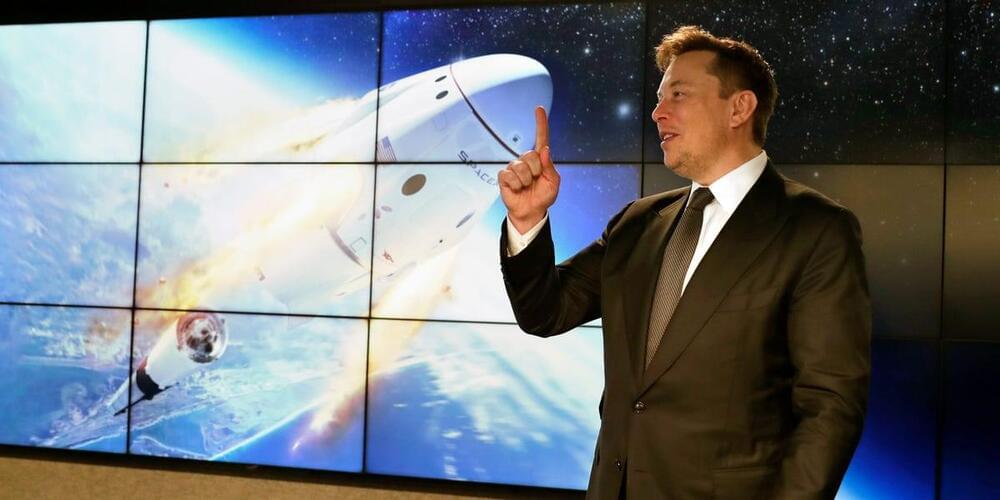Plans to produce a €25,000 car in Berlin Gigafactory are afoot.



A robotic AI-Chemist@USTC makes useful Oxygen generation catalyst with Martian meteorites. (Image by AI-Chemist Group at USTC)
Immigration and living on Mars have long been depicted in science fiction works. But before dream turns into reality, there is a hurdle man has to overcome — the lack of essential chemicals such as oxygen for long-term survival on the planet. However, hope looms up thanks to recent discovery of water activity on Mars. Scientists are now exploring the possibility of decomposing water to produce oxygen through electrochemical water oxidation driven by solar power with the help of oxygen evolution reaction (OER) catalysts. The challenge is to find a way to synthesize these catalysts in situ using materials on Mars, instead of transporting them from the Earth, which is of high cost.
To tackle this problem, a team led by Prof. LUO Yi, Prof. JIANG Jun, and Prof. SHANG Weiwei from the University of Science and Technology of China (USTC) of the Chinese Academy of Sciences (CAS), recently made it possible to synthesize and optimize OER catalysts automatically from Martian meteorites with their robotic artificial intelligence (AI)-chemist.

It’s worth noting that Airloom’s new wind turbine can be configured vertically or horizontally and that it can be deployed offshore as well as on land.
“For decades, the wind industry has lowered the cost of energy production by scaling ever larger turbines. Although this has been extremely successful in driving down overall costs, the approach now faces challenges in terms of both siting and cost of materials,” said Carmichael Roberts of Breakthrough Energy Ventures in a press release. “Airloom’s unique approach can solve both these problems, opening new market opportunities for wind energy that will further drive down costs. We look forward to Neal’s leadership in bringing this revolutionary technology into the market.”
With small-scale prototypes already up and running, the company plans to use its seed funding for research and development of the Airloom wind energy test device, which is designed to produce 50 kilowatts (kW) of electricity. Future systems are expected to be megawatt-scale and deployed hundreds of megawatts at a time in utility-scale wind farms.

Immigration to and living on Mars have long been depicted in science fiction. But before that dream turns into reality, there is a hurdle humans have to overcome—the lack of chemicals such as oxygen essential for long-term survival on the planet. However, the recent discovery of water activity on Mars is promising.
Scientists are now exploring the possibility of decomposing water to produce oxygen through electrochemical water oxidation driven by solar power with the help of oxygen evolution reaction (OER) catalysts. The challenge is to find a way to synthesize these catalysts in situ using materials on Mars, instead of transporting them from the Earth, which is costly.
To tackle this problem, a team led by Prof. Luo Yi, Prof. Jiang Jun, and Prof. Shang Weiwei from the University of Science and Technology of China (USTC) of the Chinese Academy of Sciences (CAS), recently made it possible to synthesize and optimize OER catalysts automatically from Martian meteorites with their robotic artificial intelligence (AI)-chemist.

“Regardless of the size of a city, well planned urban land patterns can reduce population exposures to weather extremes.”
Urban planning and design are crucial for creating resilient cities that can withstand and adapt to the impacts of climate change.
Now, University of Delaware researcher Jing Gao, assistant professor in the College of Earth, Ocean and Environment and a resident faculty member in the Data Science Institute, and colleague Melissa Bukovsky, associate professor in the Haub School of Environment and Natural Resources at the University of Wyoming, are exploring how future populations’ exposure to weather extremes under climatic circumstances present at the end of the twenty-first century will be impacted by changes in urban design.


Researchers at Auburn University have achieved a groundbreaking discovery, illuminating the process by which brain cells efficiently replace older proteins. This process is essential for maintaining effective neural communication and optimal cognitive function.
The findings were published on November 6 in the prestigious journal, Frontiers in Cell Development and Biology. The study, entitled “Recently Recycled Synaptic Vesicles Use Multi-Cytoskeletal Transport and Differential Presynaptic Capture Probability to Establish a Retrograde Net Flux During ISVE in Central Neurons,” explains the transportation and recycling of older proteins in brain cells.
A team of researchers from the Italian Institute of Technology has created the first-ever rechargeable edible battery made out of gold foil, nori seaweed, and beeswax. A charger you can eat? Sounds good to us.
The Italian Institute of Technology has really brought innovation to the table at the Maker Faire in Rome. The team of researchers has created the first-ever rechargeable edible battery made out of gold foil, nori seaweed, and beeswax.

“This is the first project of its kind to incorporate a social component into a traffic control system.”
Vehicle pollution is a significant contributor to air pollution worldwide making it both a global and local problem.
A researcher is using machine learning to create traffic light management systems that are socially and environmentally conscious making them ideal at lessening emissions from vehicles.